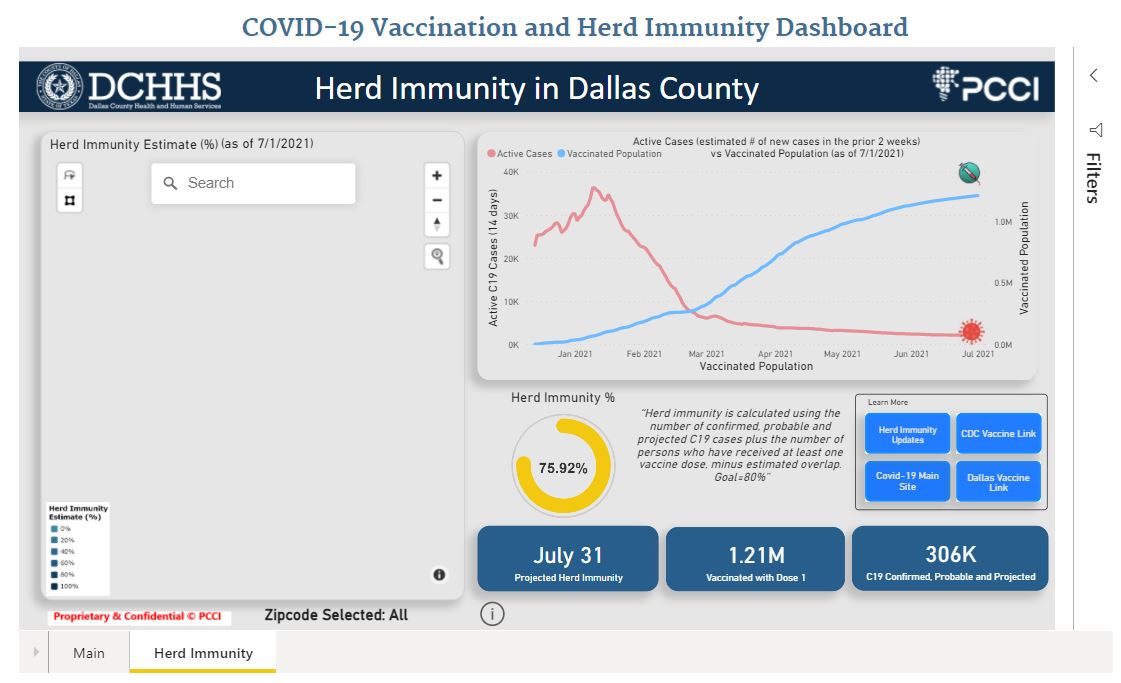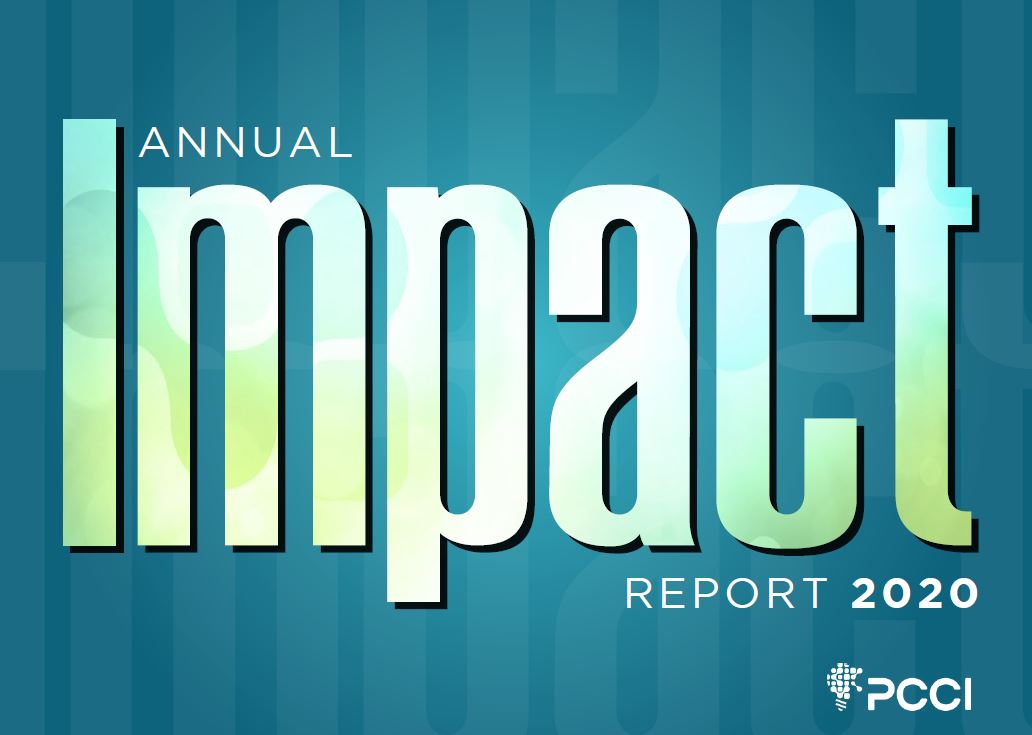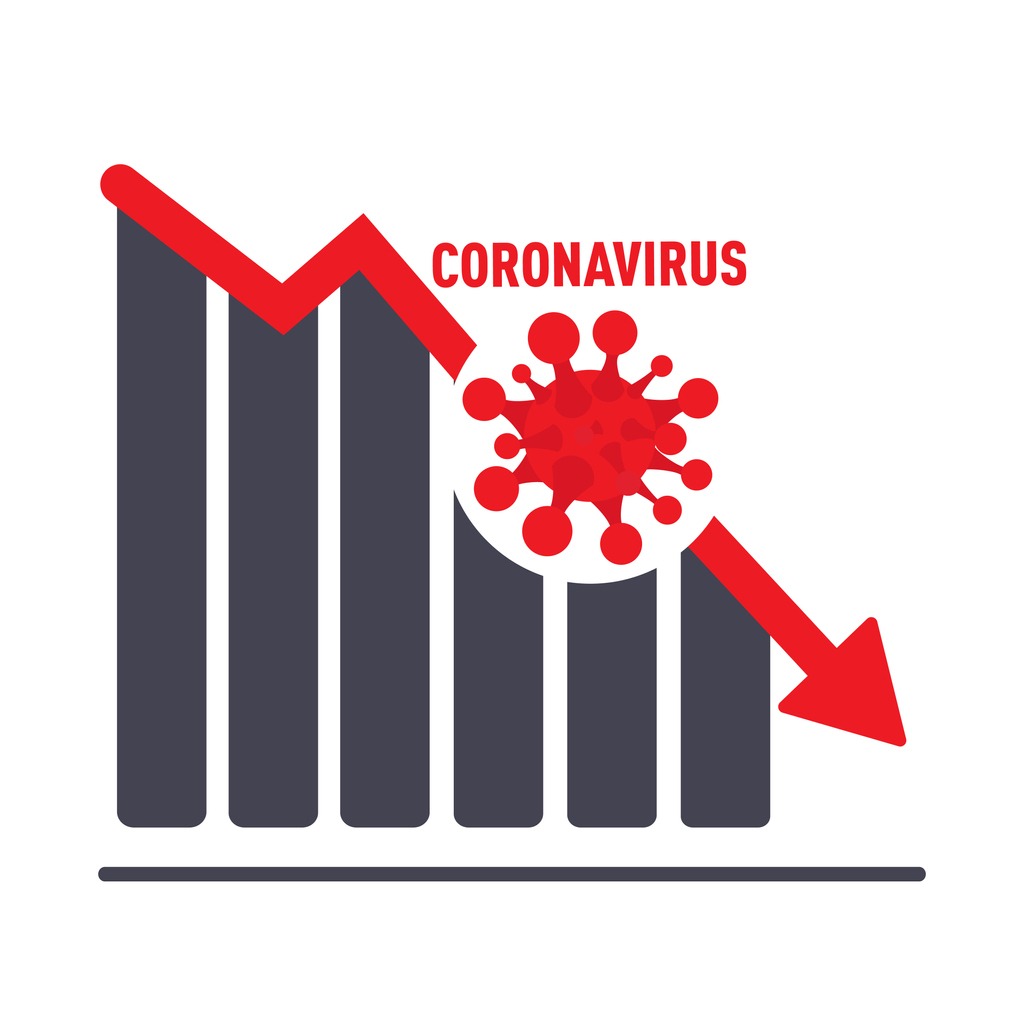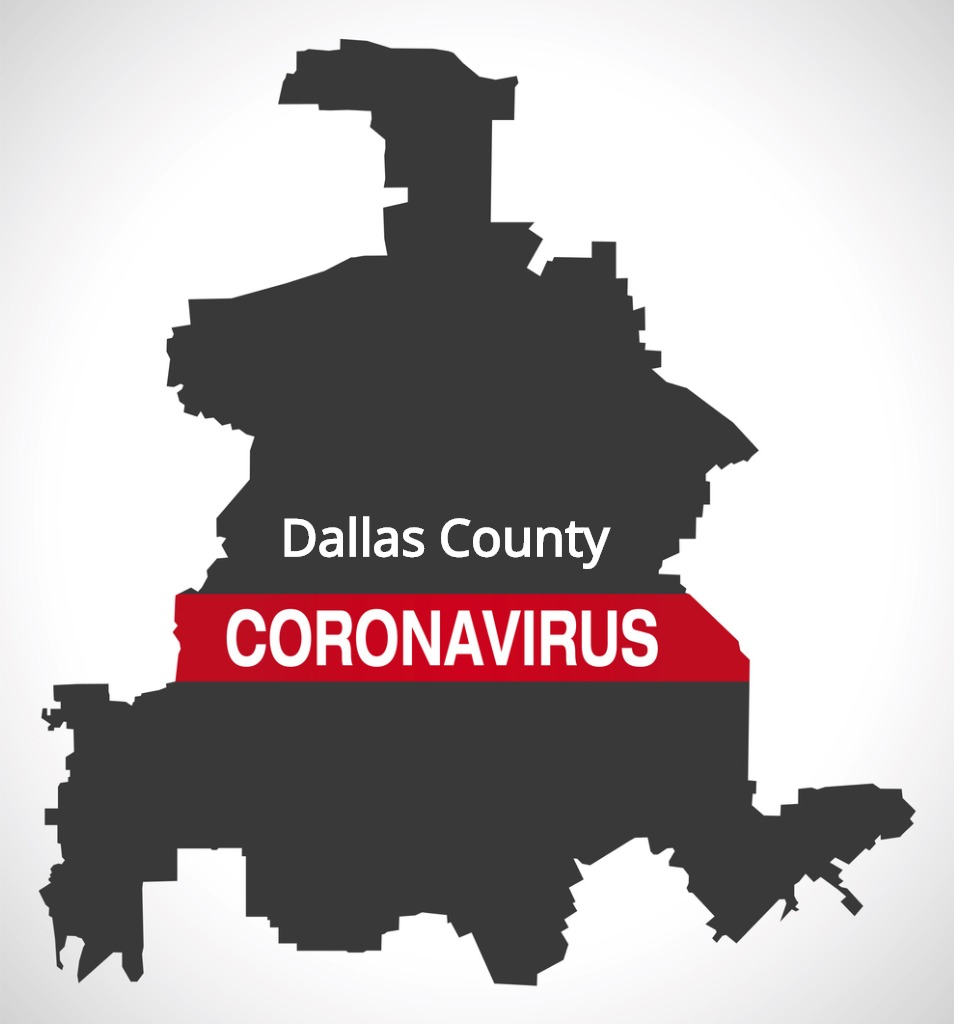Asthma a top cause of sickness in Dallas County children
DALLAS – It’s difficult to keep Sir Moreland of Mesquite indoors. Like most 12-year-old boys, Sir loves spending time outside with his brother and friends. Playing baseball and basketball is his favorite thing to do but right now his focus is flag football.
“This is the first time I’ll be playing for a team,” said Sir. “I’m scared, nervous and excited.”
 Playing sports was not always easy for Sir. At age 5 after running outside with friends, Sir began struggling to breathe and was rushed to the Emergency Department at Children’s Hospital. His mother Sheniqua Turner, 36, had no idea the symptoms her son was experiencing at that moment were due to an asthma attack. He was hospitalized for three days.
Playing sports was not always easy for Sir. At age 5 after running outside with friends, Sir began struggling to breathe and was rushed to the Emergency Department at Children’s Hospital. His mother Sheniqua Turner, 36, had no idea the symptoms her son was experiencing at that moment were due to an asthma attack. He was hospitalized for three days.
“I knew of some kids who had asthma, but I’d never seen an asthma attack firsthand,” said Turner. “I didn’t know what was going on. I was really nervous and didn’t know what to do.”
According to physicians at Parkland Health & Hospital System, asthma symptoms vary from person to person. The most common include shortness of breath, chest tightness or pain, coughing or wheezing and episodes that worsen with respiratory viruses like the flu. These symptoms tend to appear when exposed to triggers like pet dander, dust, pollen, air pollutant, mold or even cold air. For some, the symptoms might not necessarily be conspicuous, such as a mild, prolonged cough.
After her son’s discharge from the hospital Turner immediately followed up with Sir’s pediatrician at Parkland who educated the worried mother about asthma and potential treatments. She left with a personalized action plan to help manage Sir’s asthma.
“I had to learn all his triggers,” said Turner. “I think that’s the reason he hasn’t had an asthma attack since. He’s doing really good now.”
About 6 million children in the U.S. ages 0-17 years have asthma, according to the Centers for Disease Control and Prevention. The 2019 Dallas County Community Health Needs Assessment (CHNA) identified asthma as a leading chronic disease among children, particularly in children residing in ZIP codes located in the southeast of Dallas County. Parkland providers have launched a new program to educate parents and other caregivers and stress the importance of having a personalized action plan to help manage the disease.
“It’s a significant problem. Children would visit their nurse at school because they didn’t have their asthma under control,” said Cesar Termulo, MD, Associate Medical Director at Parkland’s Hatcher Station Community Oriented Primary Care health center. “At times their case would be too severe, and they would need to be taken to the hospital. The majority of these children were not being seen by a primary care doctor to help manage their asthma.”
To help families dealing with the condition, six ZIP codes in Dallas County (75210, 75211, 75215, 75216, 75217 and 75241) were identified to target with interventions to improve children’s asthma control through Breath for Life & Learn for Life, a collaborative effort between Parkland and multiple organizations to address asthma in the community.
Parkland Center for Clinical Innovation (PCCI) instituted an educational text messaging program that focuses on upstream interventions to engage and improve patient care in identified ZIP codes such as patient symptom and medication adherence monitoring. The text messaging program allows for two-way communication. For example, the parent may receive a text message asking, “How is your child’s asthma today?” If the response is the child is experiencing some difficulties, PCCI will notify their provider who may recommend the parent to seek care. The data-driven model assists with care prioritization by referring patients to their primary care physician for asthma management when indicated. If they do not have a primary care physician, they are referred to Parkland to establish a medical home for primary care to include asthma medical management.

PCCI’s asthma risk-prediction model remotely monitors background electronic data of high-risk asthma children. These children may be referred to their primary care physician. If the physician requires additional information, the child can be referred to Dallas County Health & Human Services (DCHHS) for a home visit. DCHHS reaches out virtually to assess their current asthma status and identify environmental factors at home. Based on their findings, DCHHS community health workers recommend changes to the home environment to reduce exposure to asthma triggers.
“The pediatric asthma model retains a good prediction ability and provides additional clinical insights not previously available using claims data only,” said Aida Somun, PMP, MBA, Chief Operations Officer at PCCI. “With the addition of electronic health records data, our asthma model can be used for all children irrespective of insurance status, thus expanding the benefits of our program to more vulnerable children with asthma.”
Positive Breathing, an organization with a mobile bus that has been outfitted to perform advanced asthma spirometry screening, will also provide outreach into the hard-to-reach sectors of the community and refer patients who are symptomatic.
There are plans for Dallas Independent School District to also refer students with asthma who do not currently have a primary care physician.
“The goal is to reduce avoidable asthma-related visits to the ED and hospitalizations through community outreach,” Dr. Termulo said. “We can make a huge difference.”
Sir says he feels “really good” now that he has his asthma under control. “I don’t have to worry much about it anymore. I can run as fast as I can.”
“Asthma is a real monster, but it’s possible to overcome it. It’s all about educating yourself,” said Turner.
If you live in one of the targeted zip codes and would like to enroll in the asthma text messaging program, please text @asthma to 844-721-0839. For Spanish, please text @asma1 to 844-721-0839.To find out about services at Parkland, go to www.parklandhospital.com. For more information about the 2019 Community Health Needs Assessment go to www.parklandhospital.com/chna .
# # #







 Delta variant.
Delta variant.






 The COVID-19 Vaccination and Herd Immunity Dashboard provides exclusive data for Dallas County, including herd immunity by percentage of the county’s population at the ZIP code level. This is helpful for monitoring the county’s efforts to drive vaccination efforts to reach the herd immunity threshold of 80 percent of the whole county’s population who either have recovered from COVID-19 or who have received vaccinations. The dashboard’s data also includes vaccinations by manufacturer, estimated active COVID cases and important information resources about the pandemic.
The COVID-19 Vaccination and Herd Immunity Dashboard provides exclusive data for Dallas County, including herd immunity by percentage of the county’s population at the ZIP code level. This is helpful for monitoring the county’s efforts to drive vaccination efforts to reach the herd immunity threshold of 80 percent of the whole county’s population who either have recovered from COVID-19 or who have received vaccinations. The dashboard’s data also includes vaccinations by manufacturer, estimated active COVID cases and important information resources about the pandemic.


 “Thanks to the vaccination programs implemented throughout Dallas County, we continue to see progress in our fight against COVID-19,” said Thomas Roderick, PhD, Executive in Residence at PCCI. “Our latest Vulnerability Index report is the most positive yet, with new cases slowing and modest, but important participation in the vaccination program continuing. This progress is a credit to the outstanding efforts of our public health leaders and residents devoted to crushing COVID.”
“Thanks to the vaccination programs implemented throughout Dallas County, we continue to see progress in our fight against COVID-19,” said Thomas Roderick, PhD, Executive in Residence at PCCI. “Our latest Vulnerability Index report is the most positive yet, with new cases slowing and modest, but important participation in the vaccination program continuing. This progress is a credit to the outstanding efforts of our public health leaders and residents devoted to crushing COVID.” Data Sources:
Data Sources:



